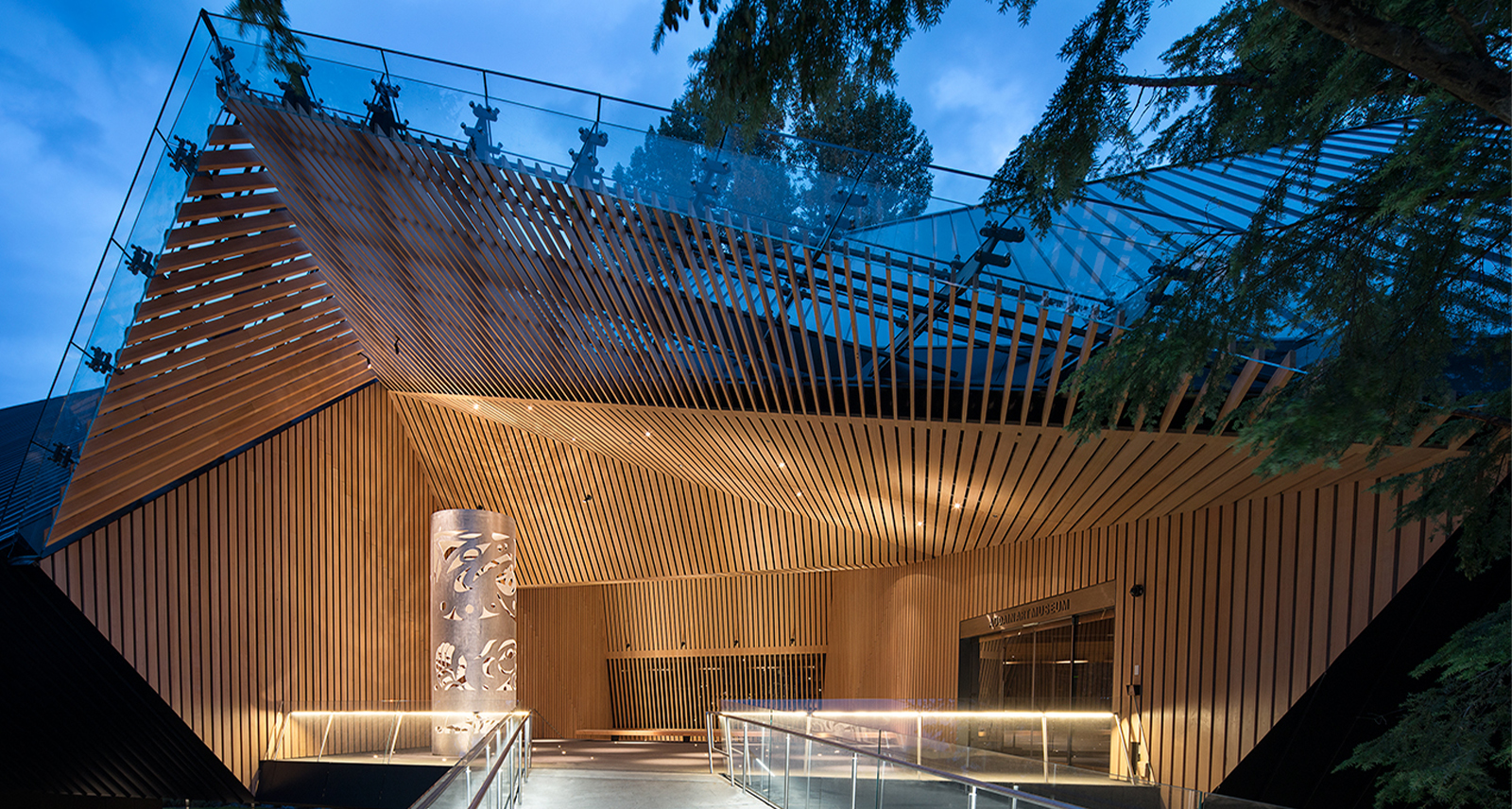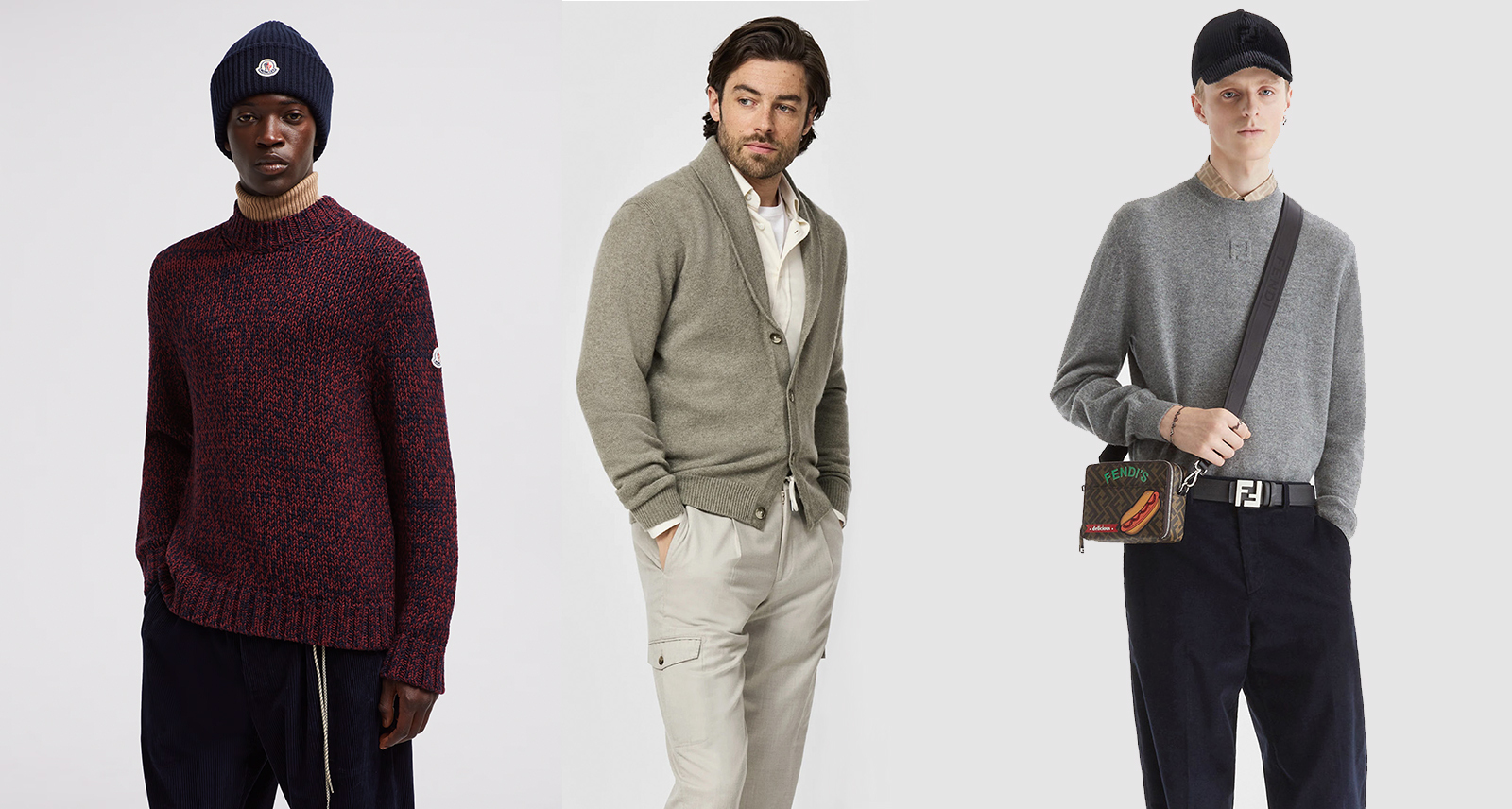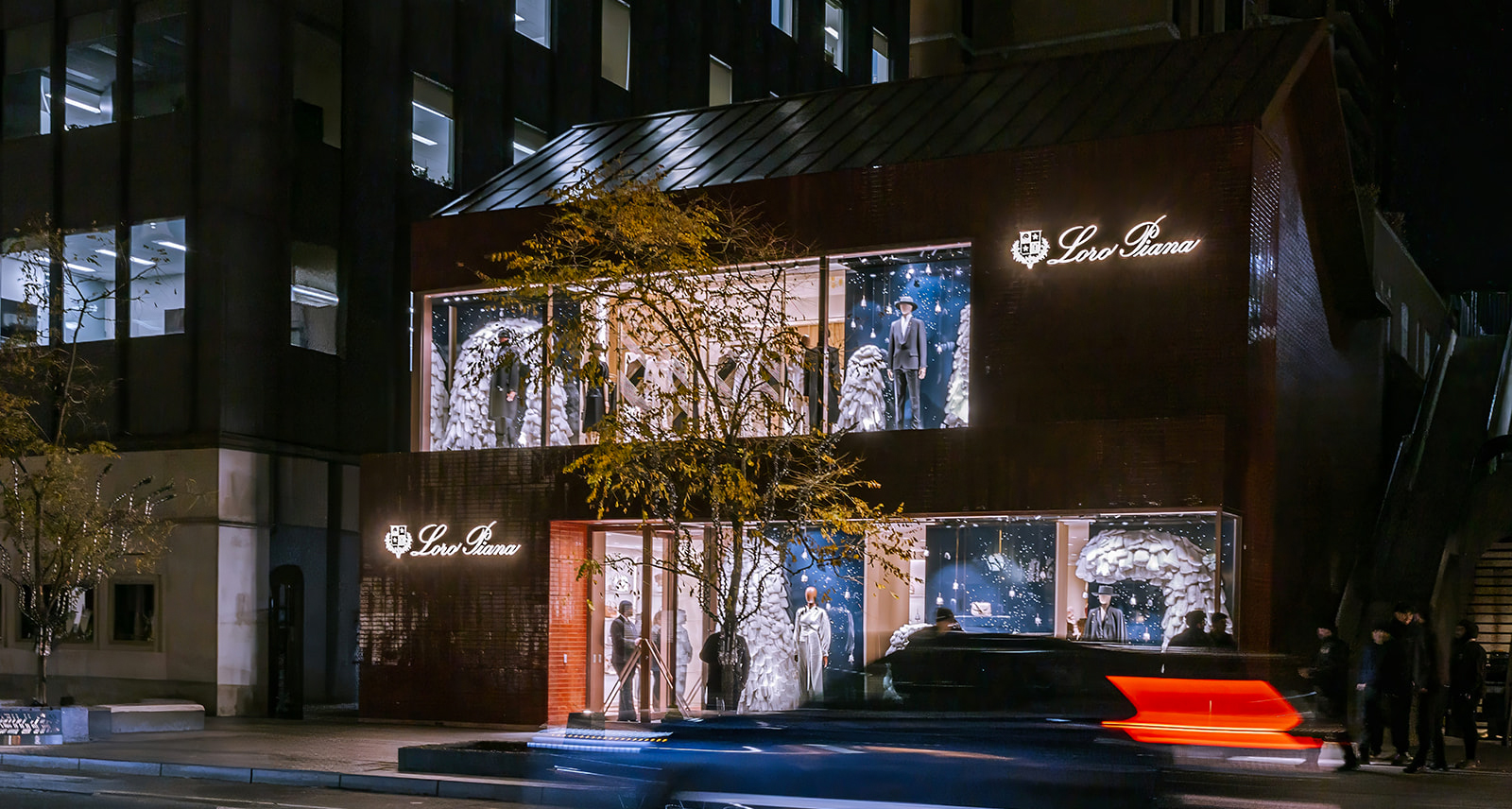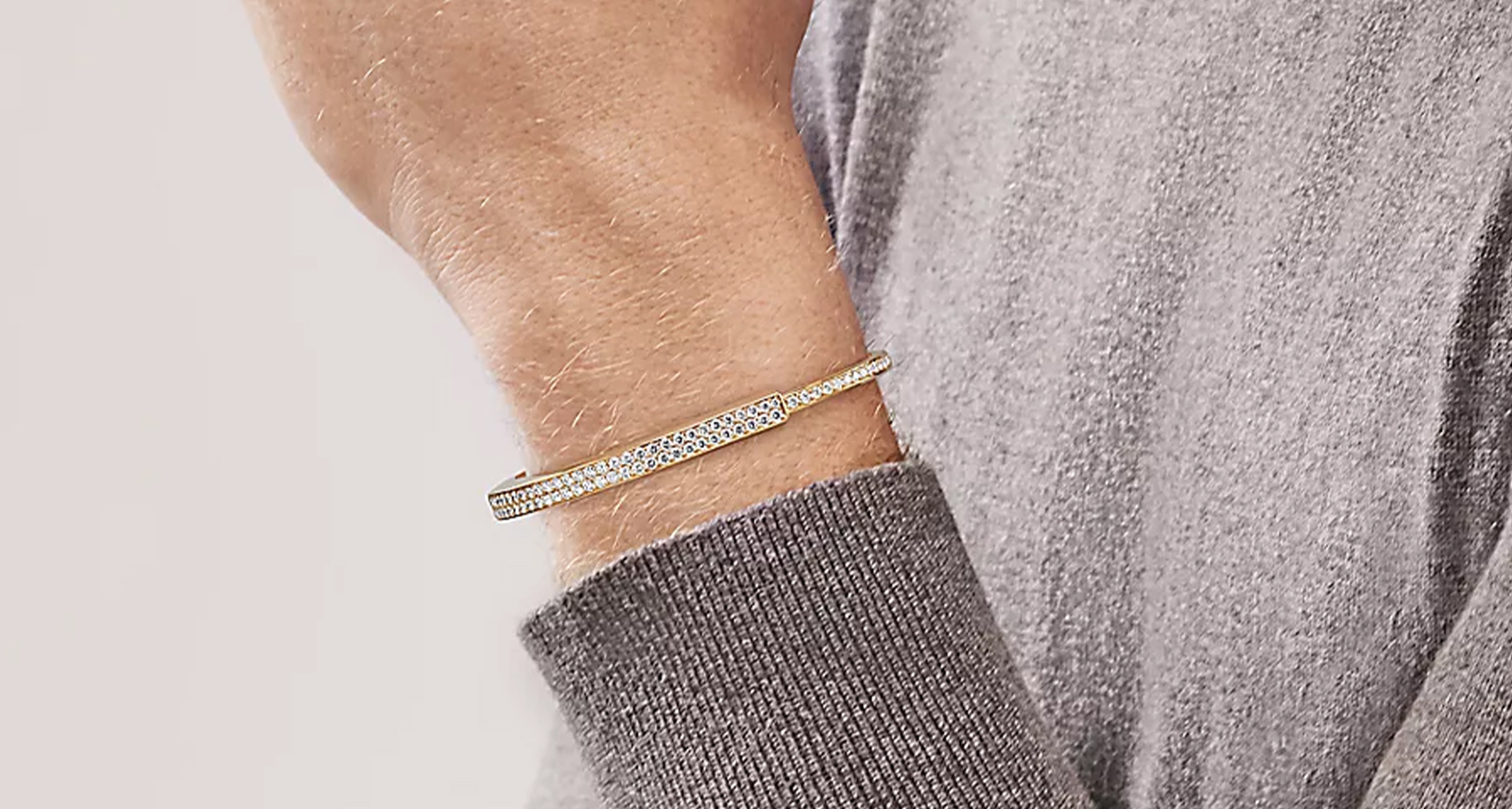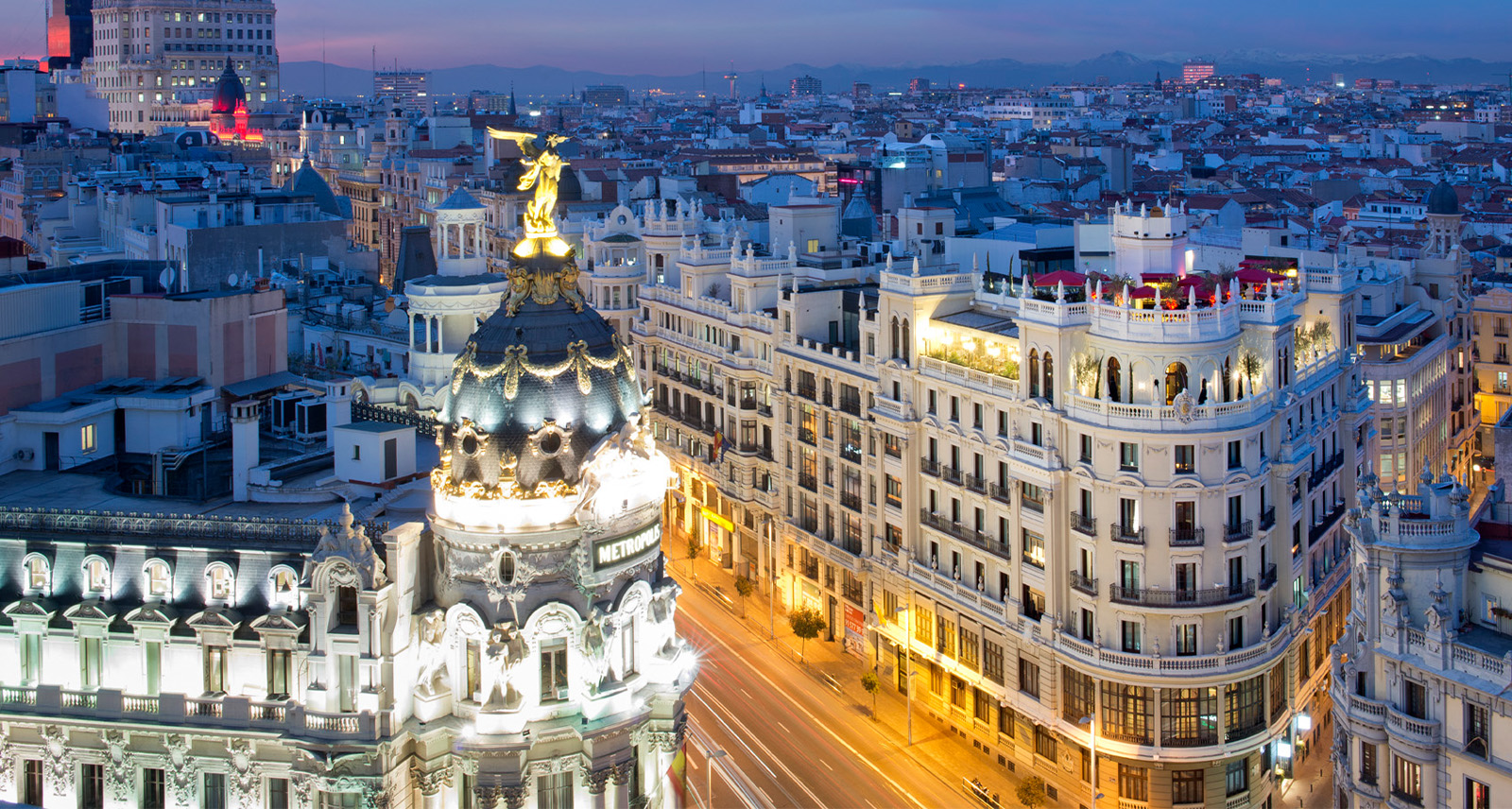A Look Inside the Audain Art Museum
Amidst a thriving tapestry of flora and fauna, the Audain Art Museum is nestled in the woodlands of Whistler, British Columbia, a short jaunt from the village centre. To capture the artistic diversity of Canada’s westernmost province, the permanent collection writes a comprehensive history with carvings, paintings, and photography; canvases of Emily Carr’s signature plein air impressionism fill its expansive walls. The rotating exhibitions are similarly prolific: this summer, the gallery will feature works from the renowned artist Tom Thomson, an inspiration for the Group of Seven.
With that said, the Audain Art Museum is far from a traditional gallery. The space regularly features genre-defying, grassroots exhibitions like Out of Control: The Concrete Art of Skateboarding (2022-2023). Working closely with arts organizations, the museum contributes to the rich narrative history of BC’s art scene — for Vancouver’s Capture Photography Festival, Audain hosted The Extended Moment: Fifty Years of Collecting Photographs (2020) from the National Gallery of Canada.
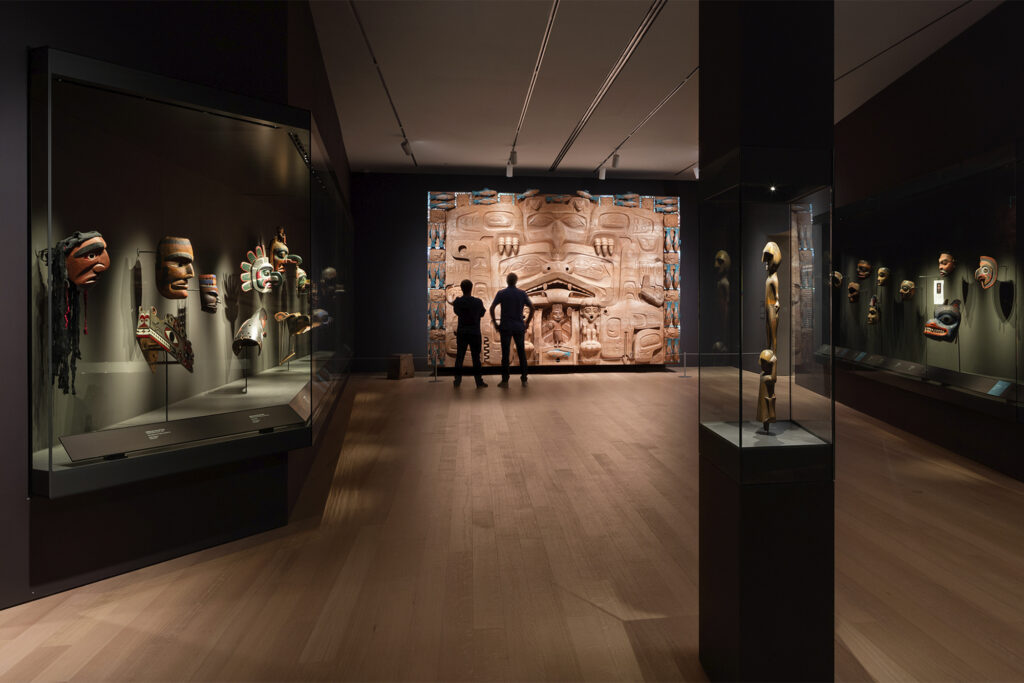
It’s fitting, then, that the museum — named for founders Michael Audain and Yoshiko Karasawa — captures a unique blend of prestige pieces and boundary-pushing, contemporary work. “Michael acquired a lot of his wealth and reputation through Polygon Homes, which is a Vancouver-based, home building company,” says marketing manager, Kendra Mazur. “He’s a very passionate art enthusiast.”
In fact, the museum’s community focus can be traced to Audain’s early political career. As a special advisor to the Minister of Housing, Audain helped legislate social and cooperative domiciles throughout the province. Now, that same mindset applies to public art. “[They] have worked really hard to support the visual arts within British Columbia and throughout Canada,” says Mazur, adding that the museum aims “to encourage people to have access to art and get a better understanding of the art from their own place.”
“The permanent collection is focused on celebrating BC artwork — how it has evolved and how multicultural BC is. It’s about people who are leading the charge within the national art scene.”
Kendra Mazur
After entering into an agreement with the Resort Municipality of Whistler, Audain and Karasawa donated buildings, development funds, and over 150 works from their private collection in support of the museum. These include 18th century First Nations mask carvings, one of the largest permanent collections of Emily Carr works, and contemporary media such as photography. “As BC art continues to evolve over time, we’re going to continue acquiring new works,” Mazur adds, “We’ve recently just purchased our first video piece, and that’ll be going up in the permanent collection soon.”
Like British Columbia itself, the museum is at once forward-thinking and heritage-conscious; you’re just as likely to find historic carvings there as contemporary pieces of new media. “The permanent collection is focused on celebrating BC artwork — how it has evolved and how multicultural BC is,” Mazur says. “It’s about people who are leading the charge within the national art scene.”
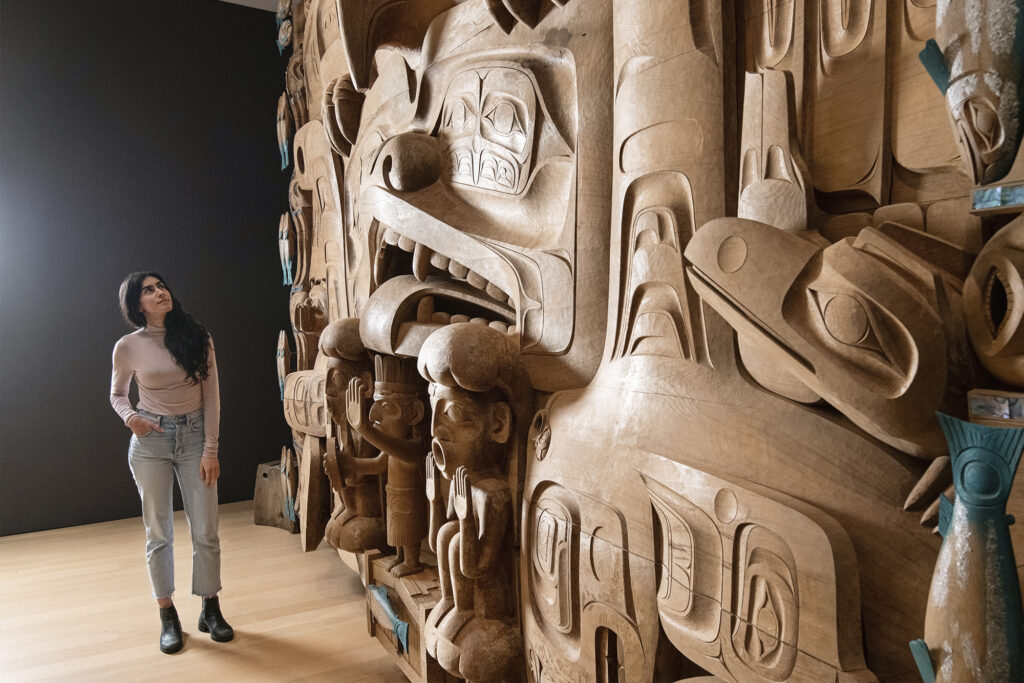
Case in point? Haida Chief 7IDANsuu’s The Dance Screen (The Scream Too), the anchor of the permanent collection. Traditional Haida figures are shown speaking out alongside visual nods to salmon — an integral aspect of Haida society, and a species threatened by climate change. The alternate title, a reference to Edvard Munch’s The Scream, further places the scene in a postmodern context. With rich narratives like The Dance Screen, the Audain offers a transformative visual journey without equal; a true testament to Whistler’s appetite for arts and culture.
The collection, Mazur explains, brings the history and nature of British Columbia to the global stage. “Each one comes back to who we are as humans. This museum — although we’re a small museum in Whistler — we focus on nationally or internationally recognized artists. We see people like James Hart (7IDANsuu), who’s a hereditary chieftain on Haida Gwaii. Emily Carr, of course, this past summer for our special exhibition.”
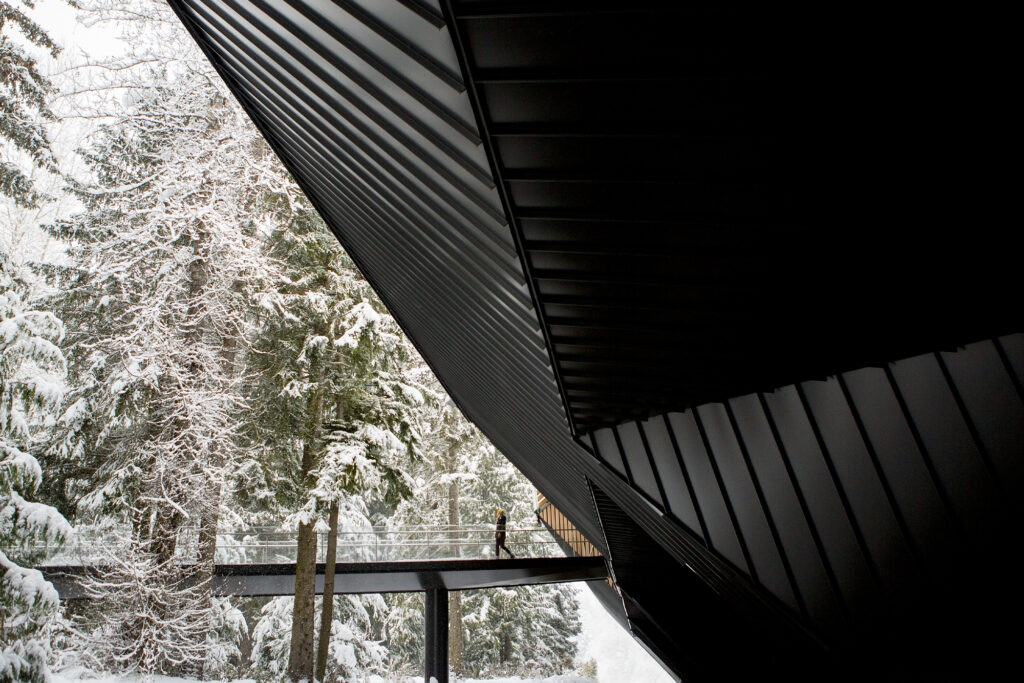
Even if every artwork were to vanish, the Audain Art Museum would still be a treat to behold. Designed as “a shadow amongst the trees,” the structure incorporates the surrounding environment, bringing Whistler’s natural beauty into defined, striking focus. “It’s a very subtle building. From the main road, it’s hard to spot — you can kind of see the bridge, but the building itself is quite hidden by the trees,” Mazur says, “whereas when you’re walking underneath the building, it’s a massive architectural phenomenon.”
Light pours through supersized windows, basking the artwork in Whistler’s natural, bright ecosystem. Illuminated by the sun, the surroundings draw parallels between the artworks and the environment; manifestation and inspiration. The museum intentionally blurs the line between art and ecology — with sustainability and integration being key guidelines for the museum’s construction.
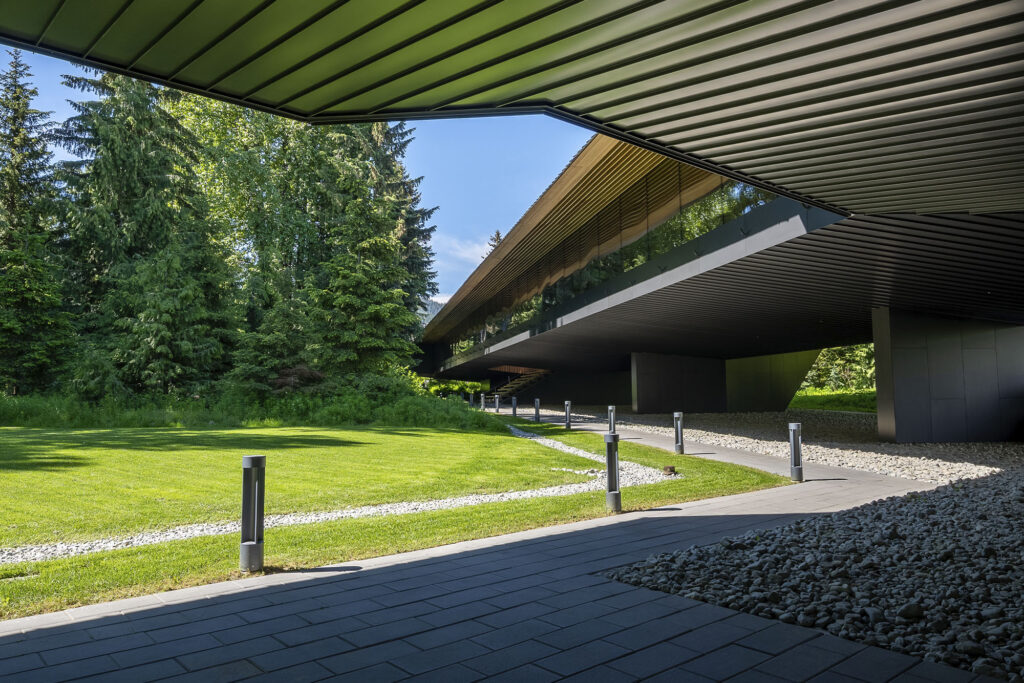
“Building the museum, they only actually had to cut down three trees from the area — and those three trees were dead trees. They weren’t disrupting the natural elements around it,” Mazur explains. “[Audain Art Museum] was really designed to fit in the area and cause the least amount of impact on the terrain. It’s meant to be something that complements Whistler and the nature around it.”
Aside from the permanent collection, the museum holds two spaces to host seasonal, concurrent exhibitions. Typically, one is for a major, internationally-established artist, while the other — held in the “upper galleries” — focuses on an emerging or mid-career artist with a national profile.
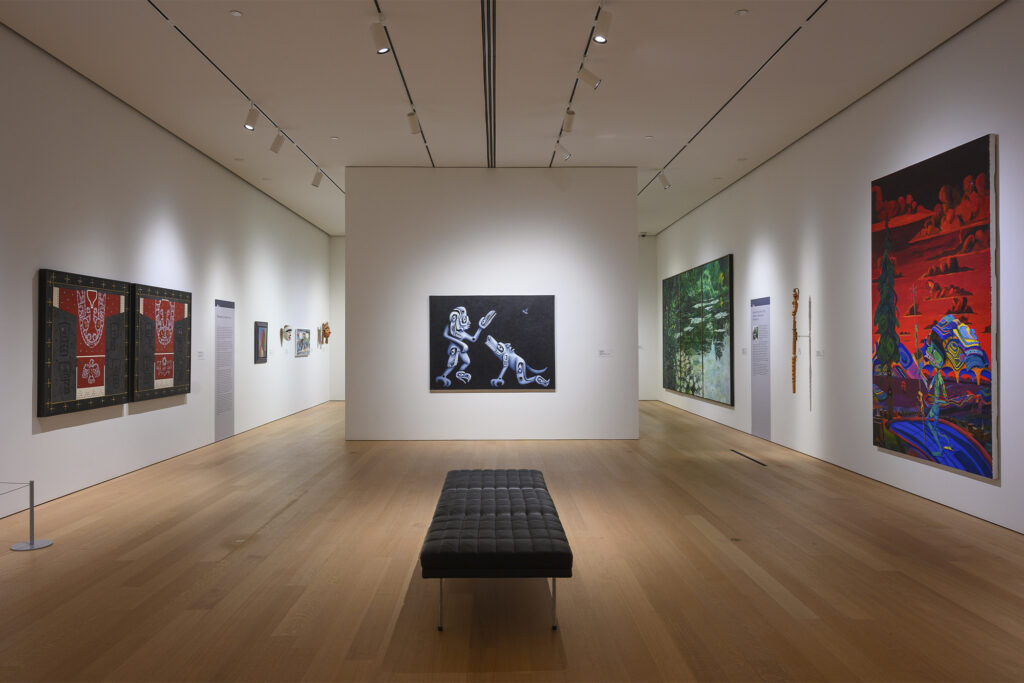
Upcoming shows include Otherwise; Disregarded, featuring contemporary artists Adad Hannah, Jake Kimble, Michelle Sound, and Jin-me Yoon. Organized by both the Audain Art Museum and the Capture Photography Festival, the show tackles the current climate — social, environmental, and political.
“Otherwise, Disregarded focuses on four artists who’ve used artwork to find healing,” Mazur explains. “A lot of their stories come from the pandemic, as well as their history growing up. One of the artists, Adad, produced a projection video, which will be featured in the exhibition. He worked with 14 ex-incarcerated women to put on this show — it’s very Midsummer Night’s Dream-esque — about how they reintroduce themselves into society,” she says. “Each artist has a story about how photography and film has helped them heal. I think this show is going to move mountains for people.”
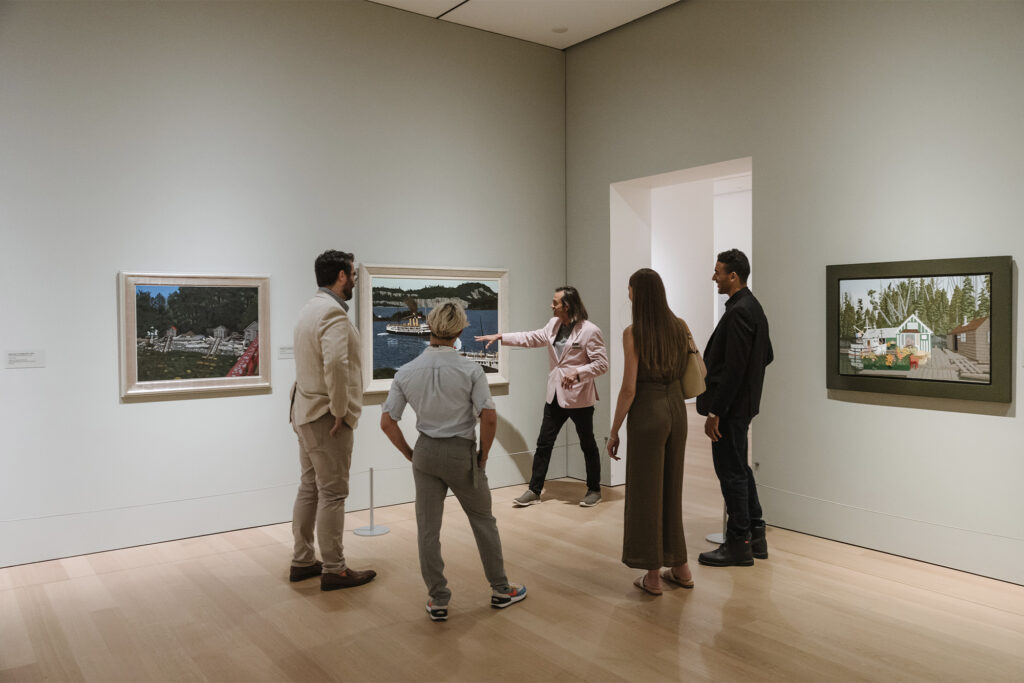
Come June, the museum will host Tom Thompson: North Star, an exhibition of the famed Canadian artist. Thomson is known for mastering small-scale, en plein air oil paintings. In a statement, co-curator Ian A.C. Dejardin said: “With Thomson, because the career is so brief — really less than four years — it is less of an arc and more of an explosion. What will be key is to learn more about the sparks that set it off.”
Inquisitive visitors can join the museum’s weekly tour, where guides offer cultural context for each piece. Further programming includes the museum’s dining series — each summer, the Audain Art Museum serves cuisine inspired by an exhibition, blending ‘gallery’ with ‘gastronomy.’ Given the upcoming schedule, Mazur says this year will feature “a very Canadian meal, designed to bring Thomson’s art to the table.”

Other partnerships emphasize the museum’s dedication to serving and enlightening the public. Recently, it hosted a welcome party for the Whistler Pride & Ski Festival. “We try to get involved with the community and add activations that align with different events going on around Whistler,” Mazur says. So, though it may be young — the museum opened its doors in 2016 — the fascinating and engaging Audain Art Museum is fast becoming a fixture of this high-peaked, curiosity-piqued town.
Otherwise; Disregarded begins April 21, with Tom Thomson: North Star scheduled for June 29.
